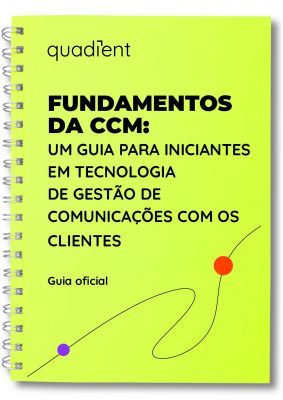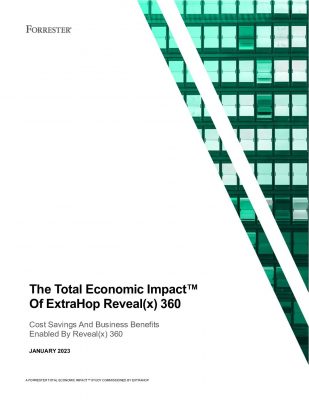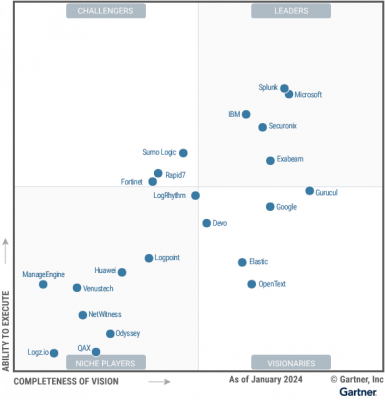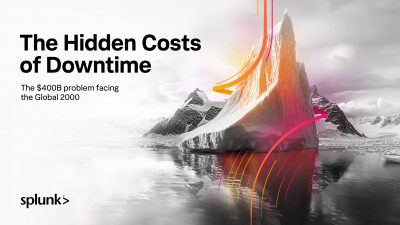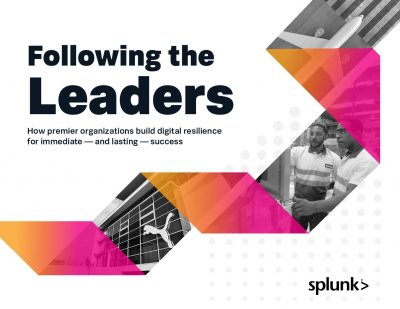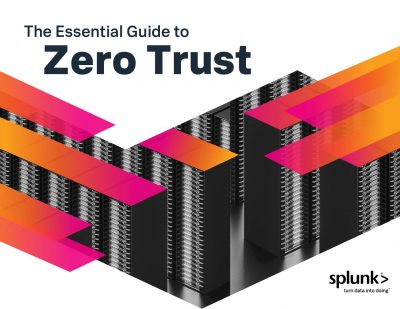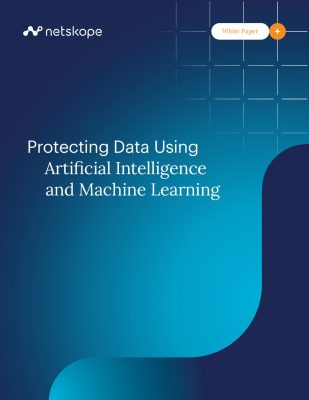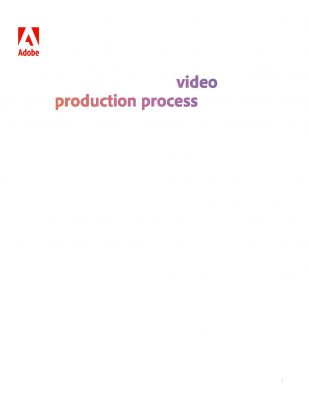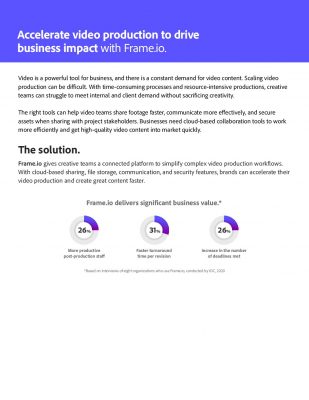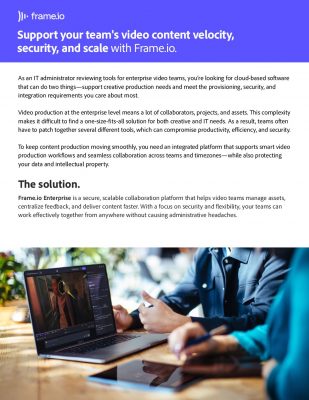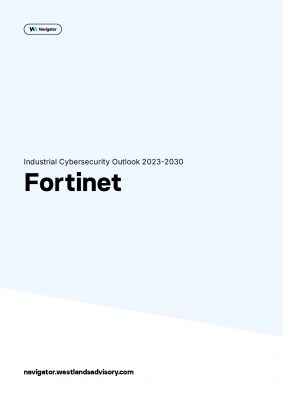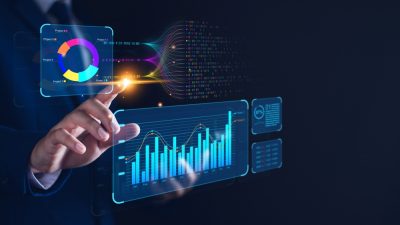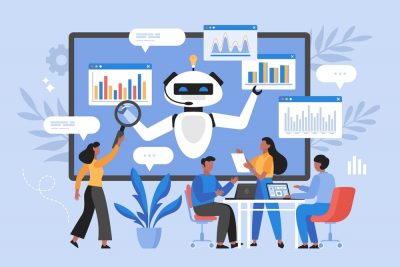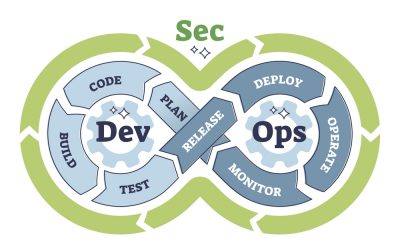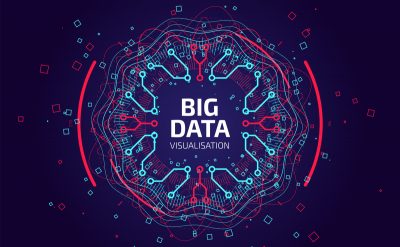Highlights:
- Businesses can create more intuitive products and services that appeal to the target market by adopting thick data, which can provide deep insights into customer preferences and behaviors.
- The advent of new technologies, such as the Internet of Things, will provide organizations with even more data. This allows ethnographers to collaborate with companies to interpret this data and offer valuable insights.
Tech ethnographer Tricia Wang coined the phrase “thick data” to refer to the more difficult-to-measure, qualitative consumer information that big data frequently ignores. Thick data for business revenue collects ethnographic insights that discloses the circumstances and feelings of customers, whereas big data depends on artificial intelligence and machine learning to interpret and analyse supplied data sets.
Thick Data Analytics for Budget Management
The goal of analysis is to understand human behaviour, experiences, and motives by gathering and analysing qualitative data.
The analytics generally involves the following steps:
-
Thick data collection
This entails compiling exploratory data from a range of sources, including focus groups, social media, online forums, and interviews.
-
Data cleaning and organization
This involves purging any redundant or unnecessary data and arranging the insights in an analysis-ready format.
-
Data analysis
In order to have a better knowledge of human insights and motivations, it is necessary to analyse the data to find patterns, themes, and insights. This practice thrives on thick data research for accelerating business growth.
-
Insights communications
This constitutes clearly and succinctly conveying the findings to others, frequently with the aid of visual aids and narrative strategies.
To effectively leverage thick data analytics, it’s crucial to utilize the right thick data tools that enable deep, contextual insights and detailed qualitative analysis.
Cost-effective Thick Data Tools
Thick data analysis and collection can be made easier with the help of a few tools and methods. Here are some instances:
-
Digital ethnography tools
With the aid of these resources, researchers may monitor and examine social media marketing sites and online communities. They also assist in monitoring social media references of a specific subject or company.
-
Mobile ethnography tools
These tools help researchers to retrieve real-time thick data through mobile devices. Data experts conduct mobile ethnography research based on photos, videos, audio recordings, and location-centric data collected.
-
Qualitative analysis software
These tools help researchers organize and evaluate huge volumes of qualitative data. They can code and assess text, images, and videos leading to complex data set analysis. Enterprises use such software to leverage the power of thick data for optimal profits.
-
Focus group software
It enables researchers to capture rich and thorough data on participant attitudes, behaviors, and motivations, providing valuable contextual understanding that complements quantitative information. This software supports features such as real-time transcription, sentiment analysis, and collaborative analysis, making it an essential tool for human-centered product development and commercialization.
These tools provide the qualitative insights necessary to complement the quantitative strengths of big data in comparison with thick data’s approach.
How Thick Data Helps Businesses with Digital Transformation?
Thick data’s practical consequences are quite significant when it comes to the digital transformation process. Through its implementation, organizations can gain a deeper understanding of consumer feelings and behaviors, enabling them to respond to prevailing market dynamics in a meaningful and human-centered manner.
The best practices and implications of thick data constitute the following:
-
Learning customer sentiments
Organizations can better understand the underlying feelings and desires influencing consumer behavior by utilizing thick data analysis, which helps them match their tactics to the actual requirements and goals of their target audience.
-
Augmenting user experience
Businesses can create more intuitive products and services that appeal to the target market by adopting thick data, which can provide deep insights into customer preferences and behaviors.
-
Deploying strategic innovation
Businesses can uncover unmet demands due to thick data, which spurs the creation of creative solutions that complement customer’s innate requirements and experiences.
-
Integrating qualitative and quantitative insights
Enterprises can gain thorough insights into customer behavior and preferences by combining thick data and big data analytics, which facilitates informed decision-making.
-
Adopting agile data analysis
Companies may quickly adjust to the exploratory nature of thick data insights by implementing agile approaches in data analysis, which promotes responsiveness and agility in decision-making processes.
By incorporating rich, qualitative data, companies can create more personalized experiences, innovate effectively, and make informed strategic decisions that resonate deep on a human level.
How Can Businesses Leverage Thick Data in the Future?
As companies continue to amass vast amounts of data, the criticality of thick data will only increase. Several challenges and opportunities will emerge in the future utilization of thick data.
The challenge posed is integrating thick data within organizations. Enhanced training and education are necessary to effectively use thick data with big data analytics. This creates more opportunities for ethnographers and other qualitative researchers to play a crucial role in this integration process.
Another concern is the demand for ethnographers in thick data qualitative research. More opportunities exist for ethnographers as external suppliers/providers rather than as employees within organizations. There are currently not enough ethnographers working inside companies to internalize ethnographic research and explore ways to extend the insights of both big and thick data. However, ethnography’s future seems promising, as more businesses are recognizing the value of human-oriented insights.
Numerous opportunities for thick data also lie ahead. The advent of new technologies, such as the Internet of Things, will provide organizations with even more data. This allows ethnographers to collaborate with companies to interpret data and offer valuable insights. Additionally, as more companies expand investment, capitalizing thick data for ROI optimization becomes their entrepreneurial goal.
Wrapping up
Thick data is an invaluable tool in the modern data landscape. By providing rich, contextual insights into human behavior and experiences, it complements the broad patterns and trends evaded by big data. Organizations that leverage both big data and thick data for fiscal returns are better equipped to understand their audiences, innovate effectively, and accelerate strategic decisions. In a world awash with data, the stories and insights provided by thick data are more crucial than ever.
Explore our extensive collection of meticulously curated whitepapers on Data. These knowledge hubs are designed to enhance your expertise through in-depth analysis and comprehensive assessment.
